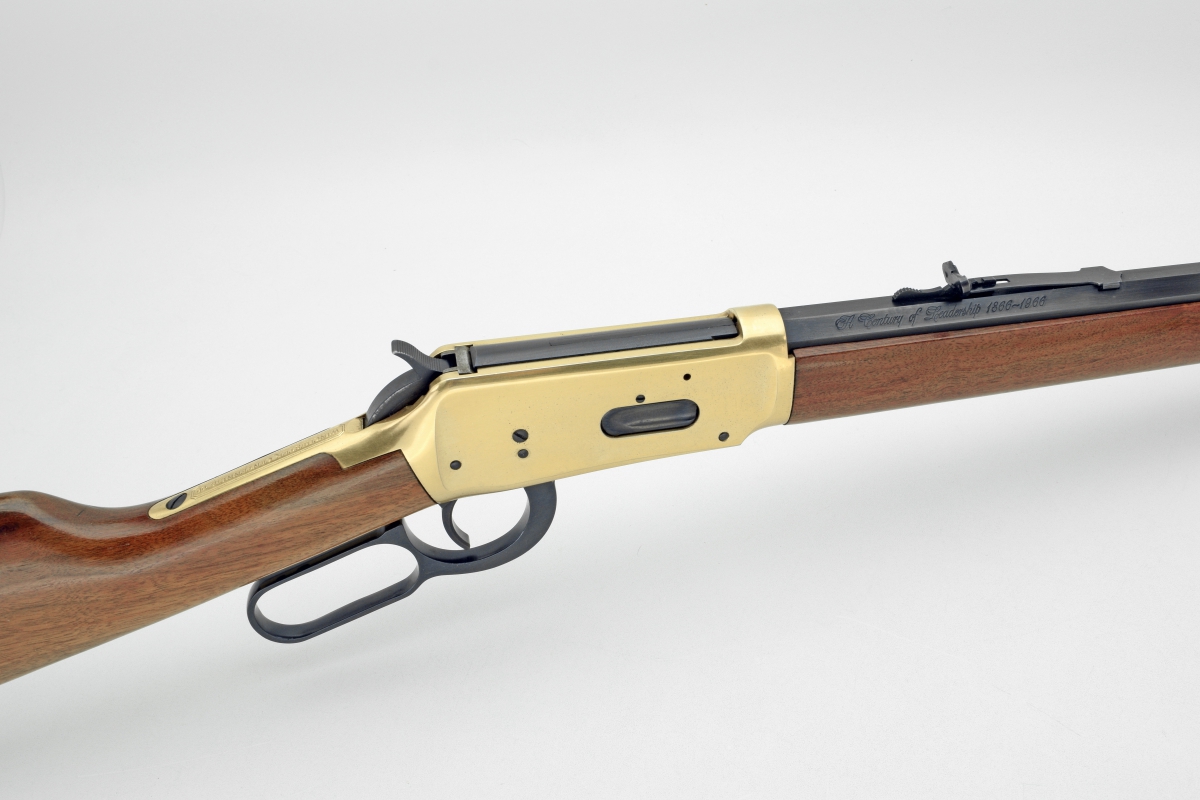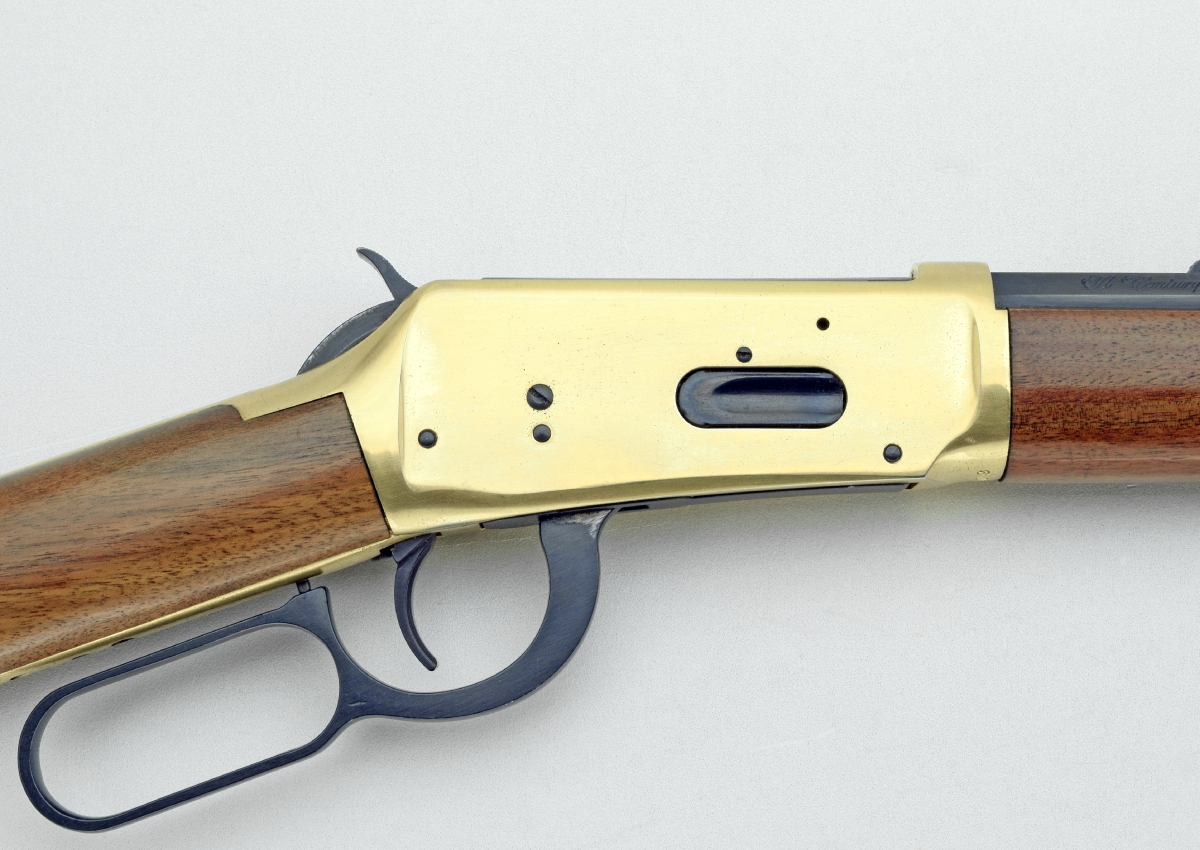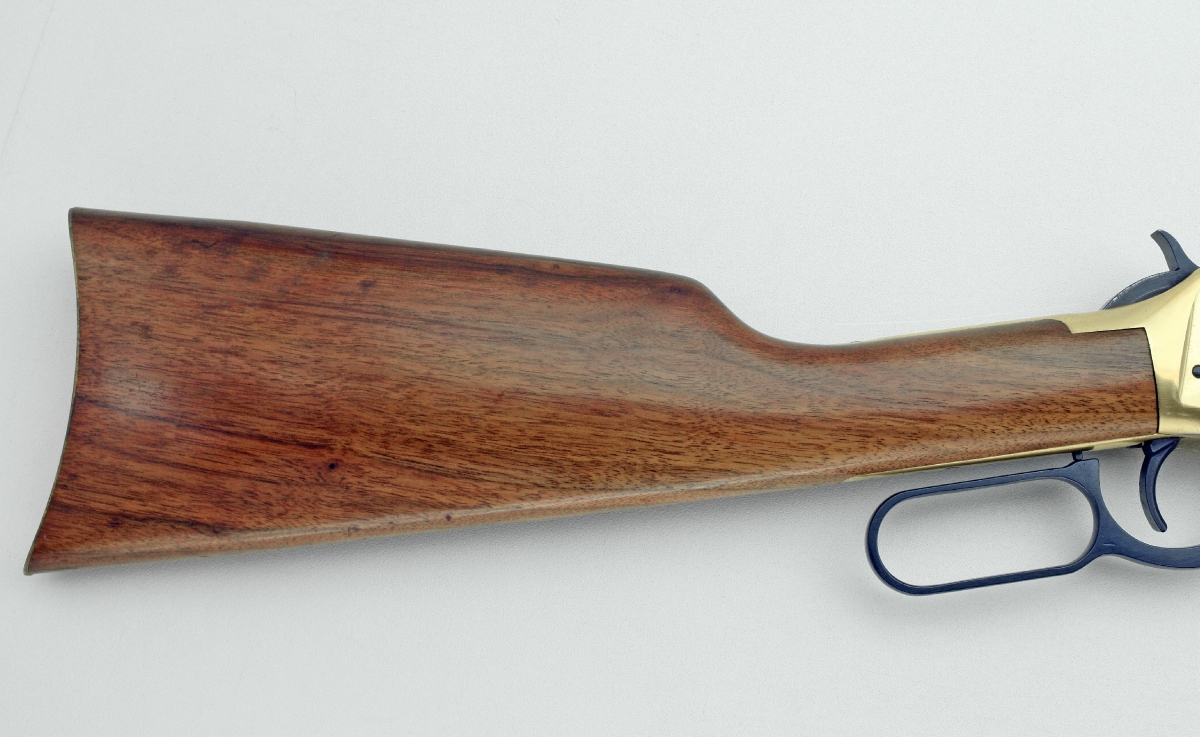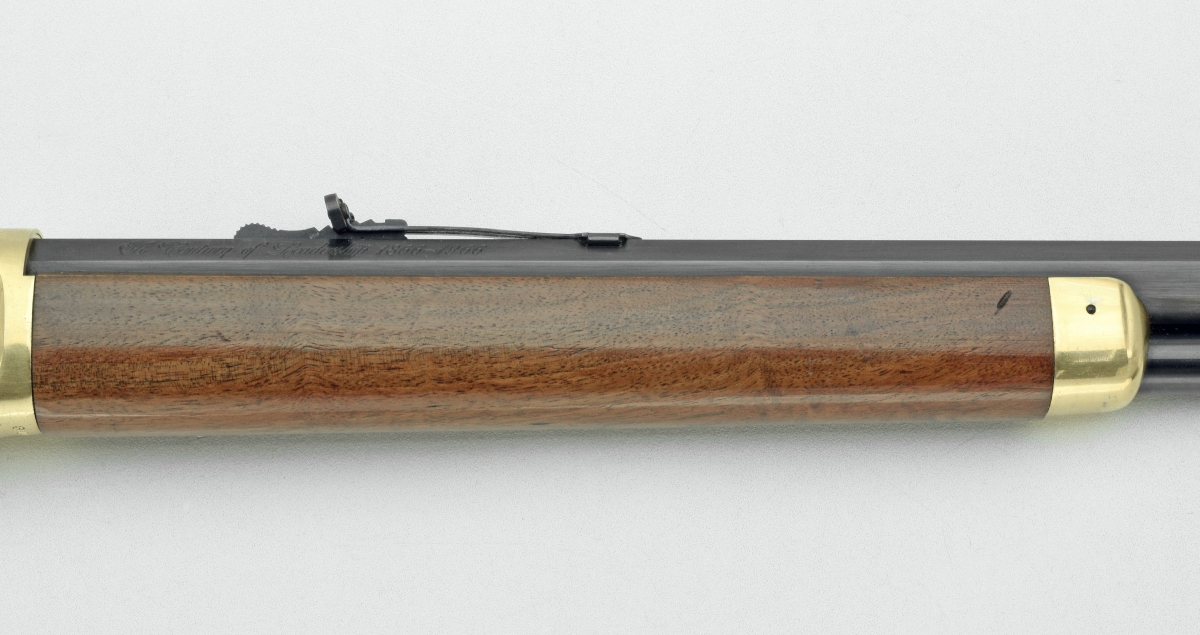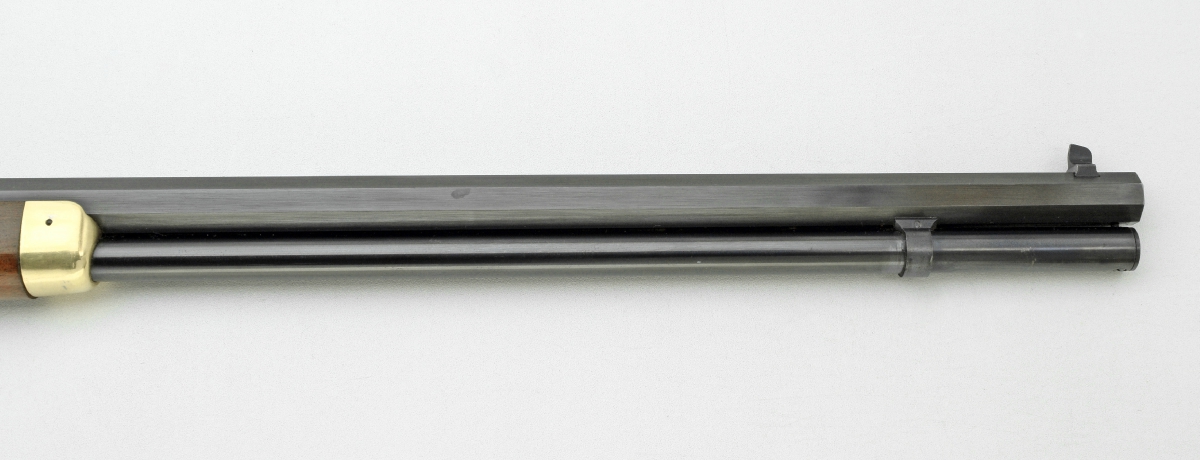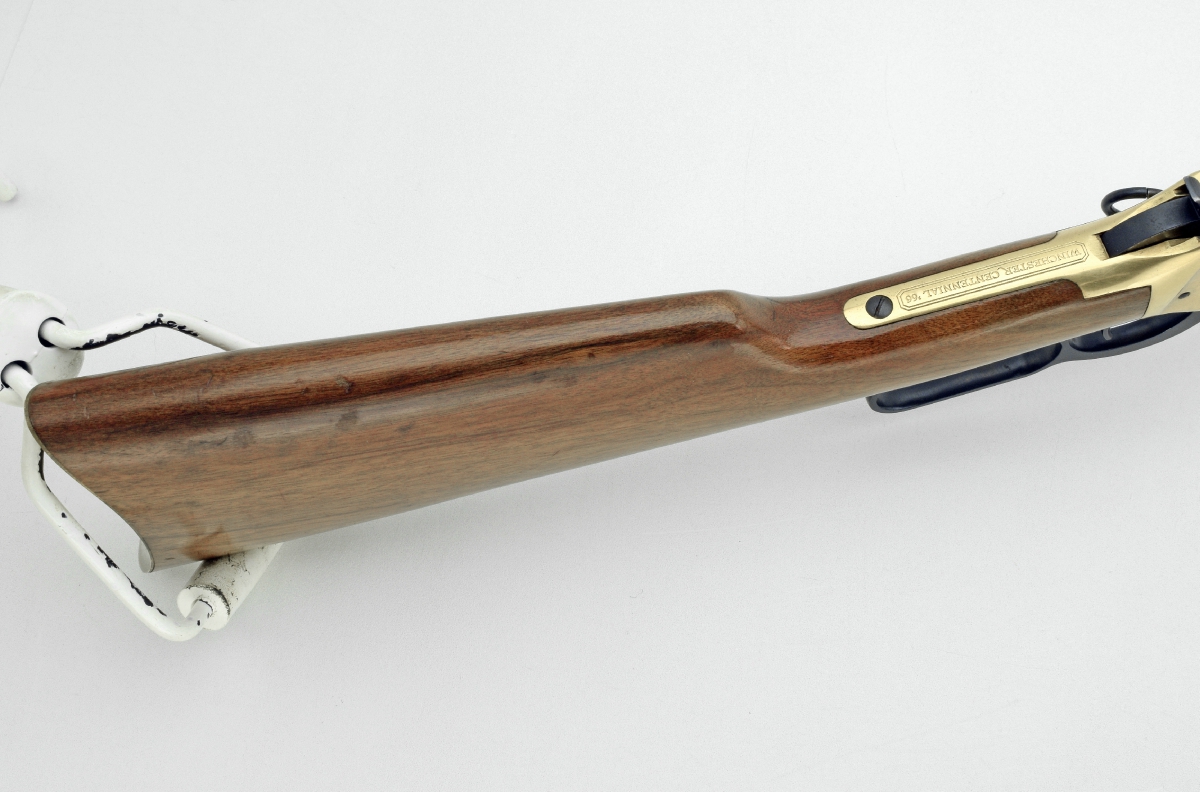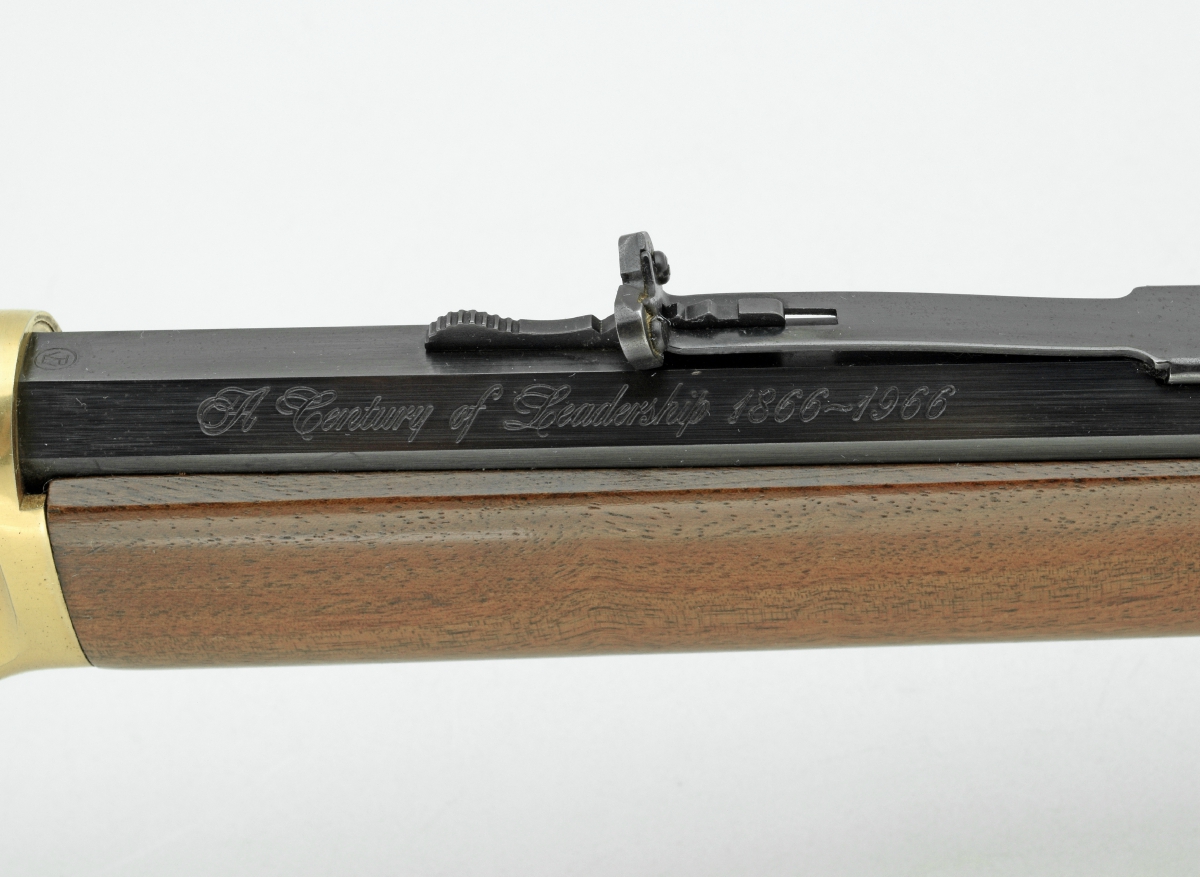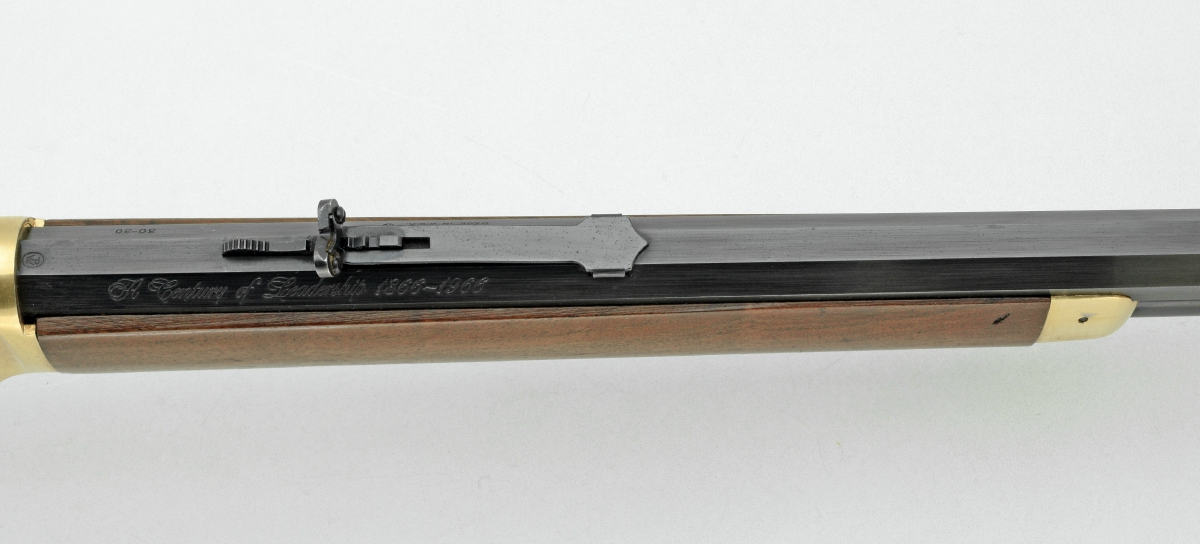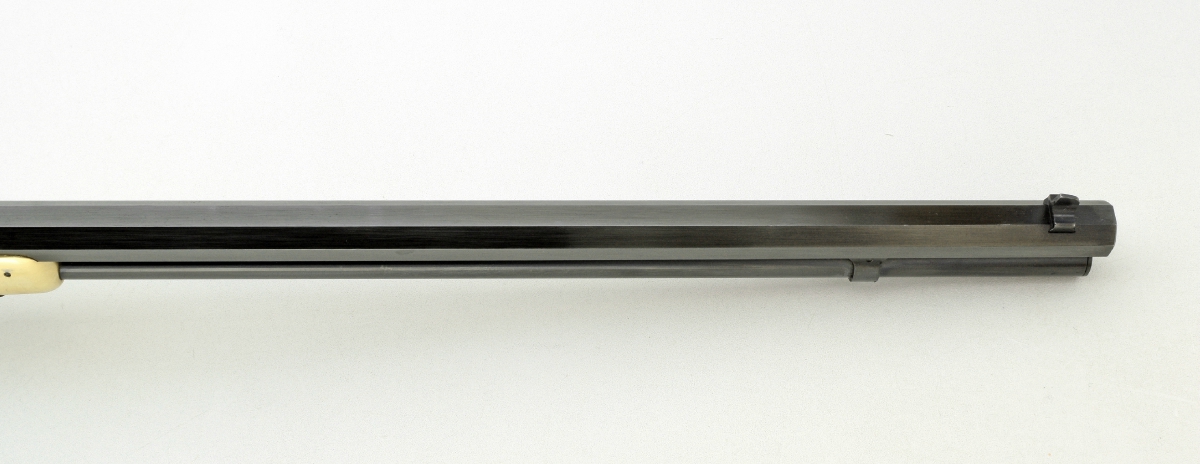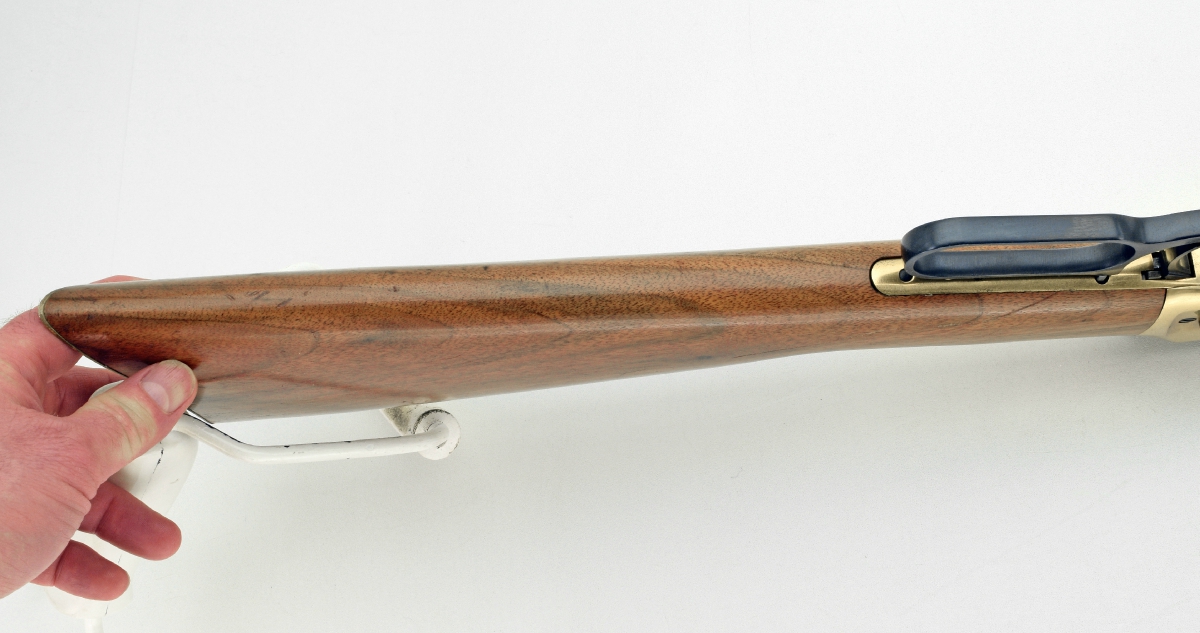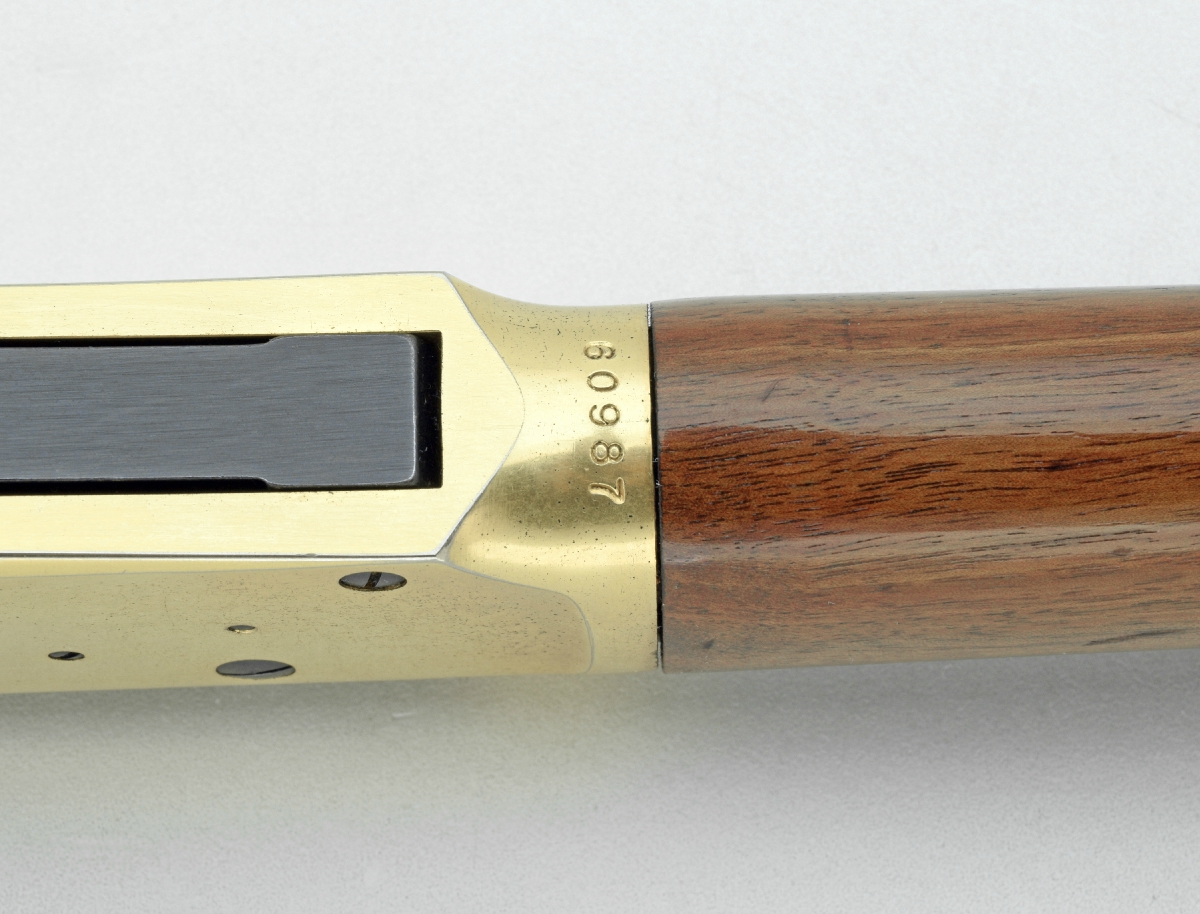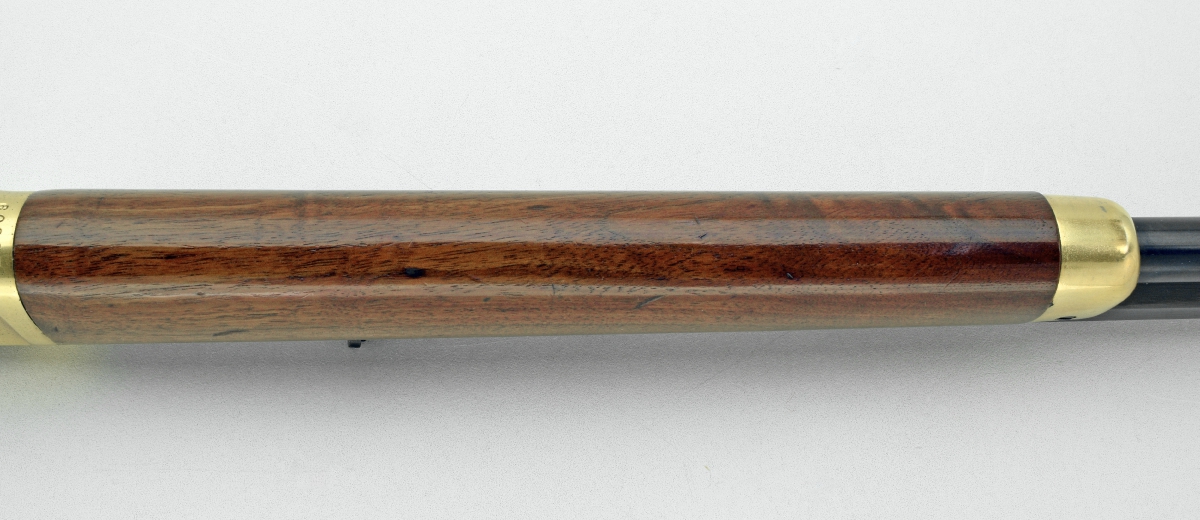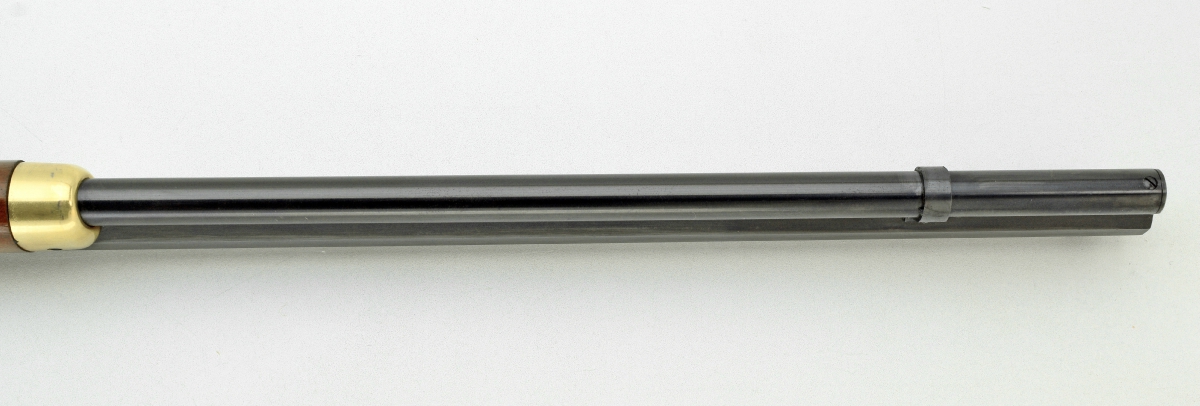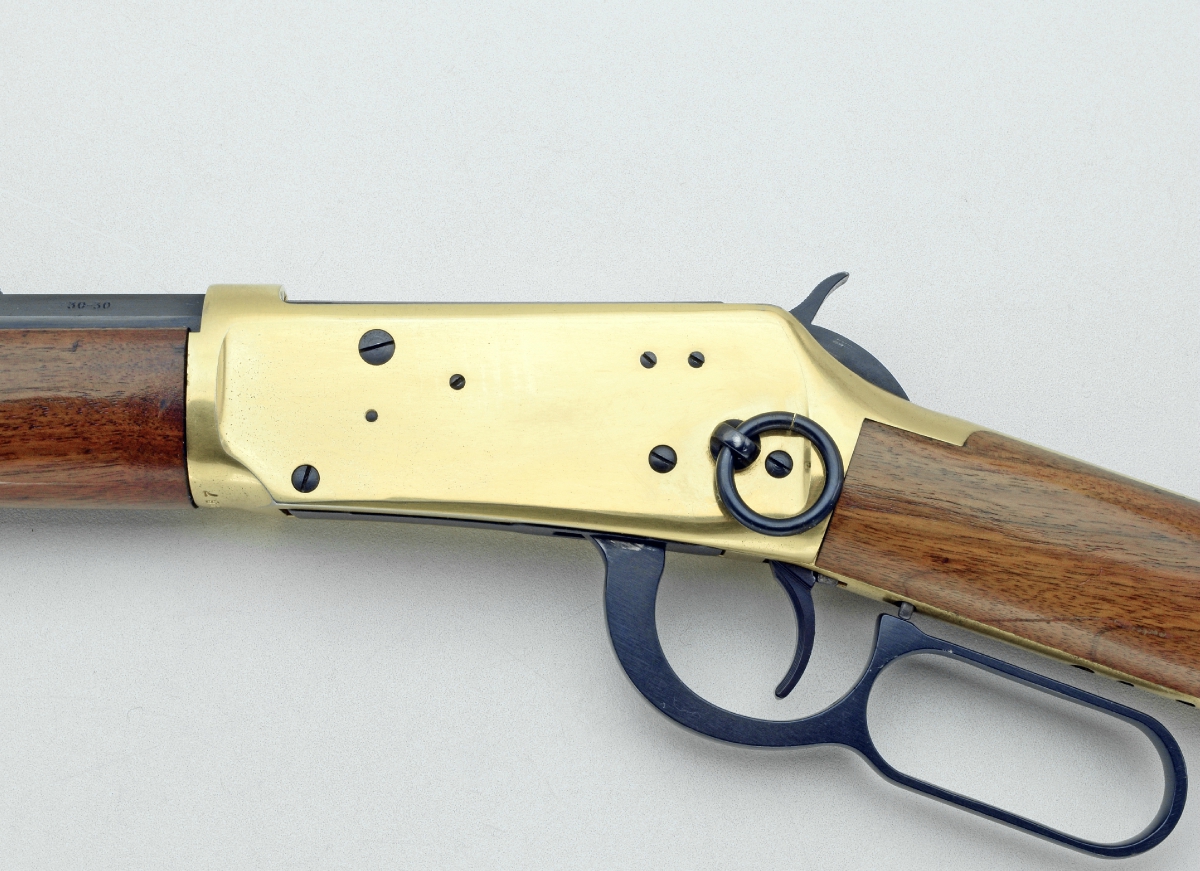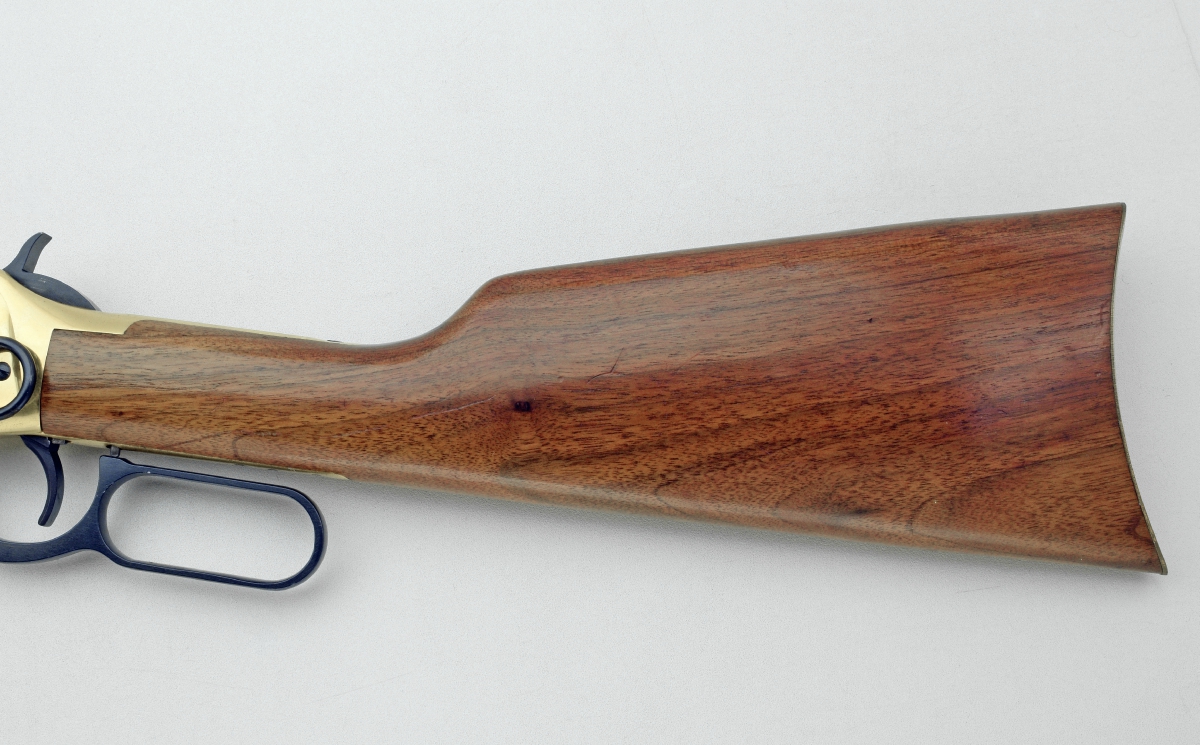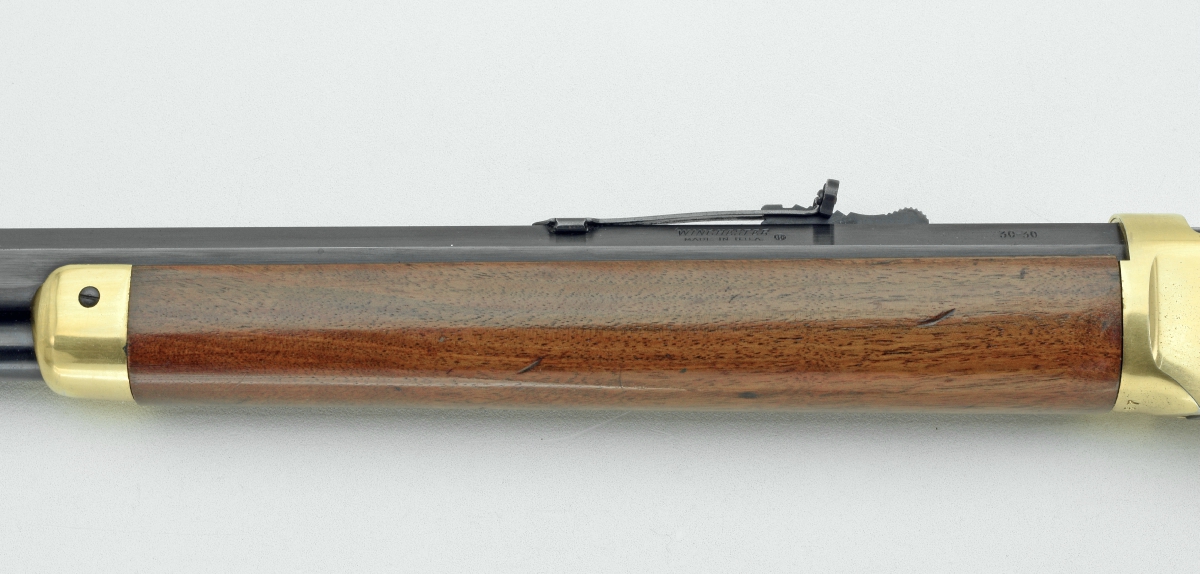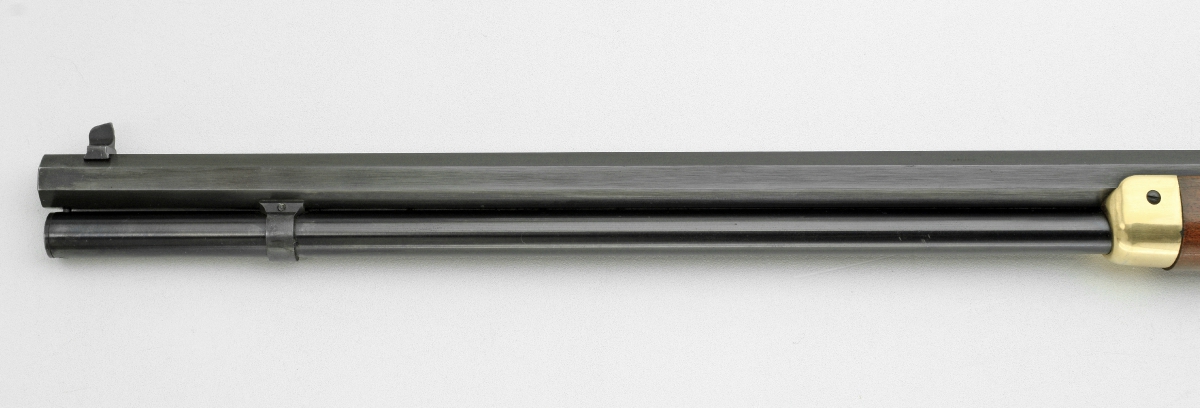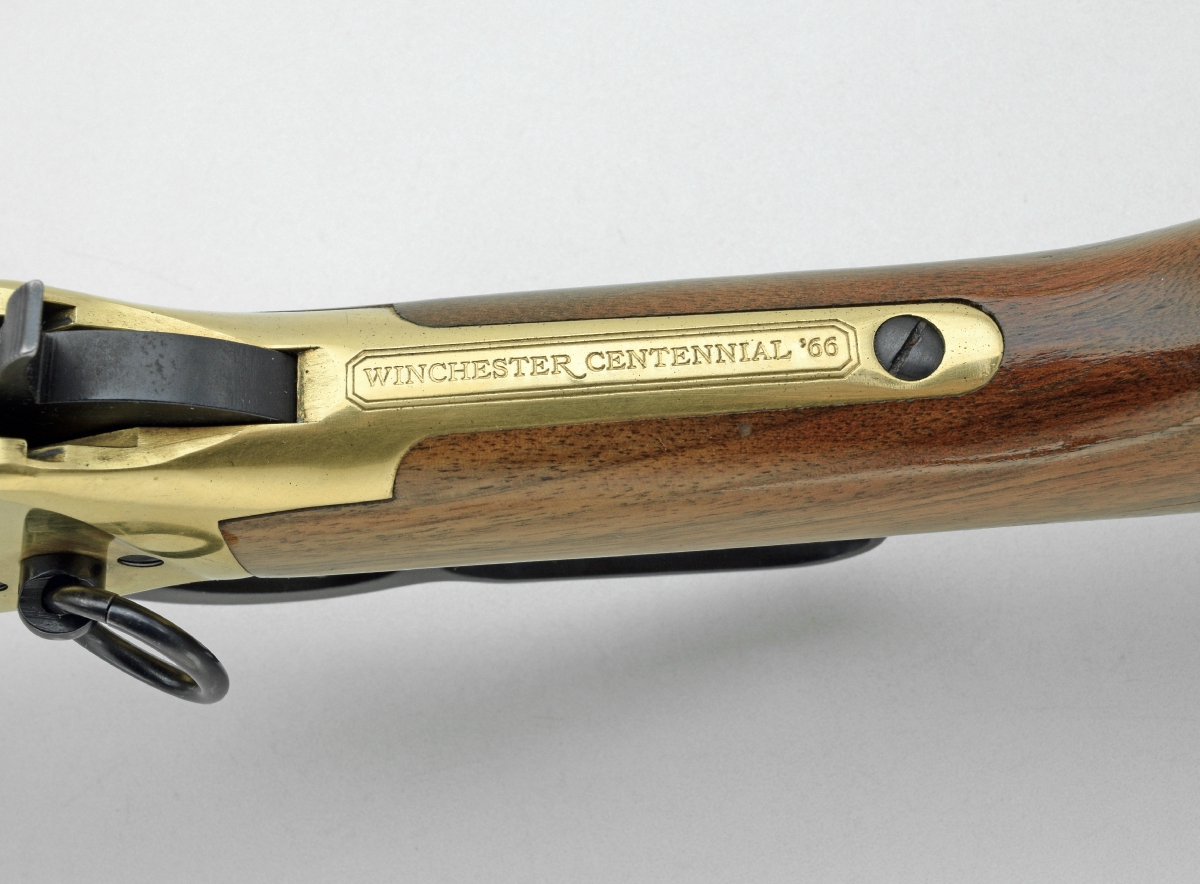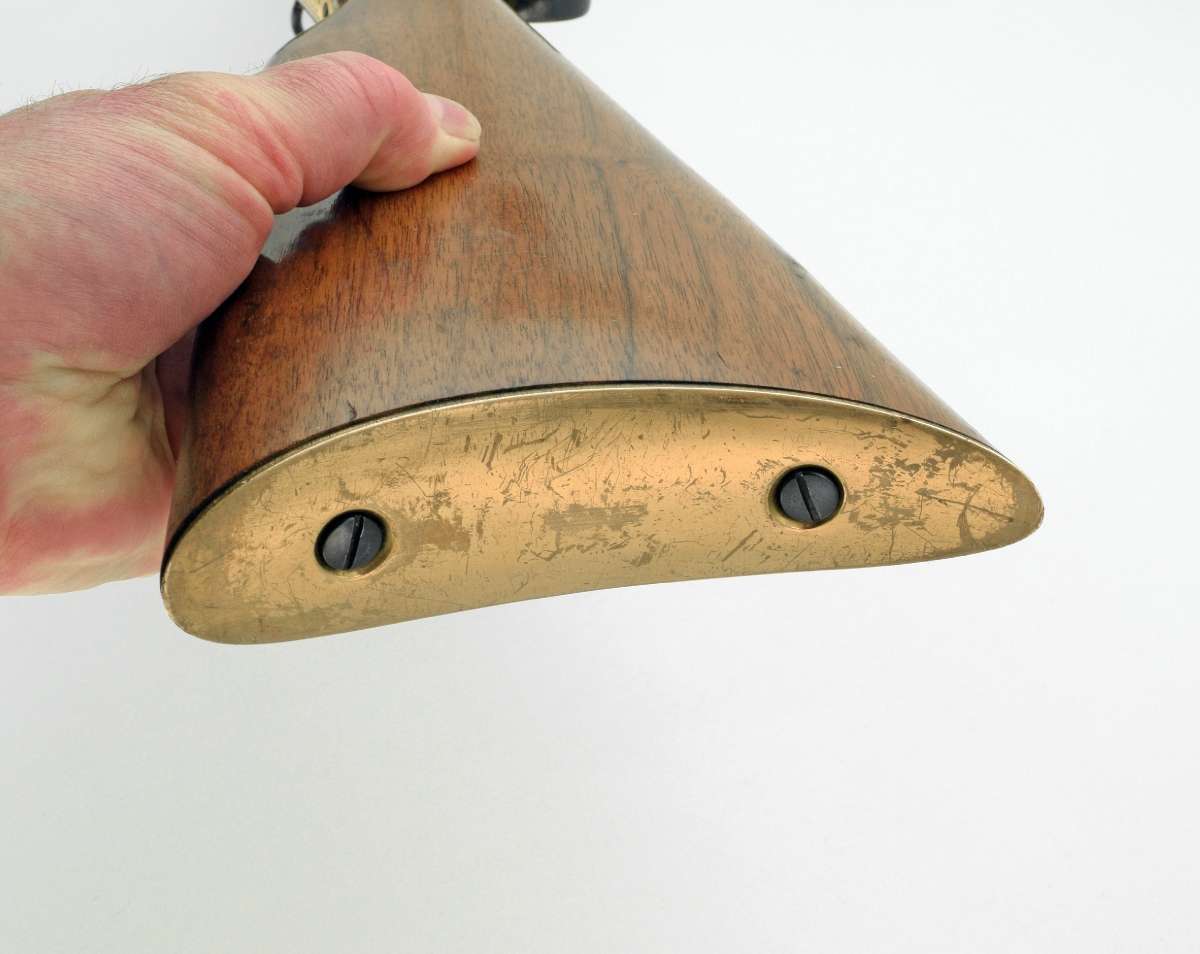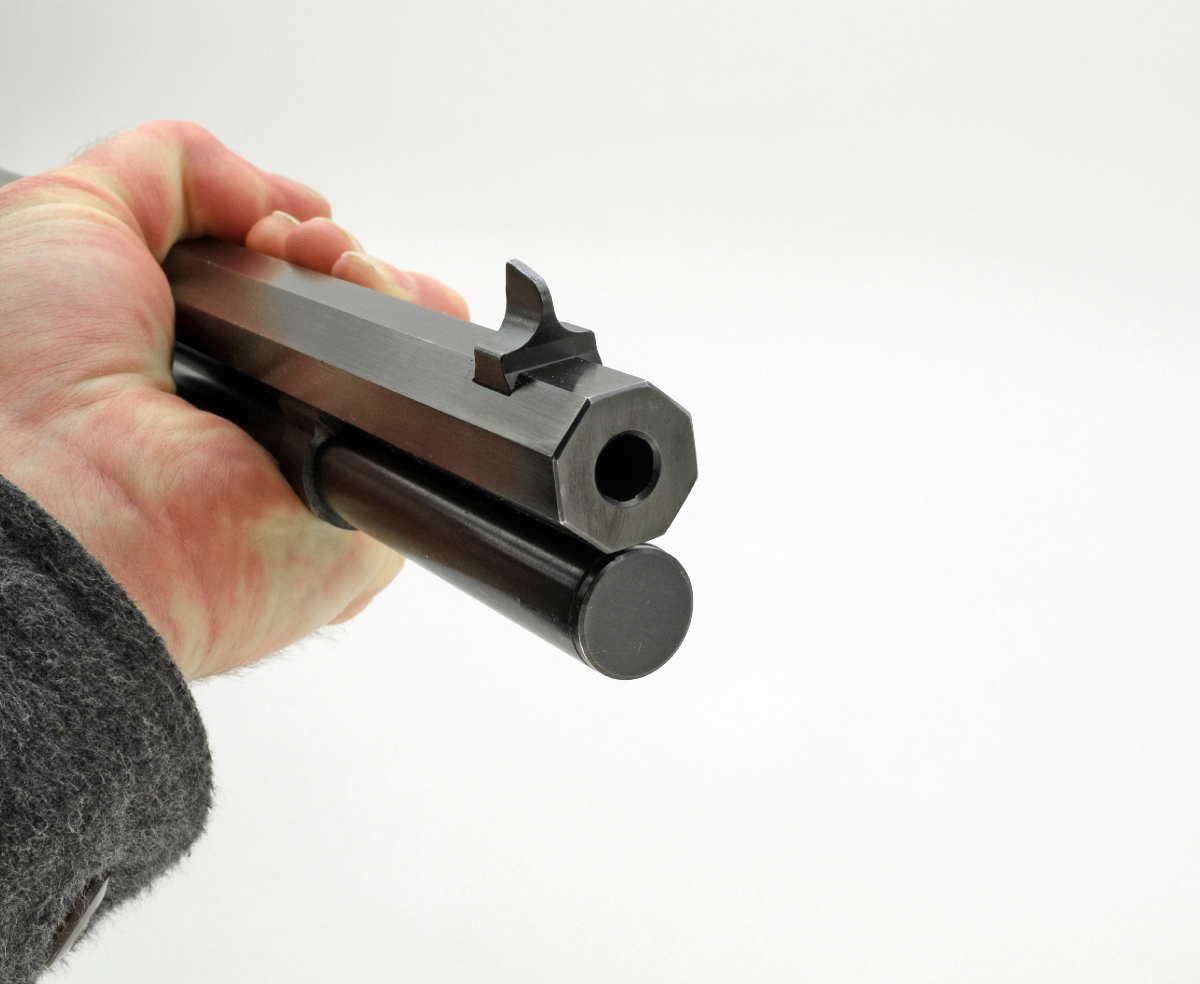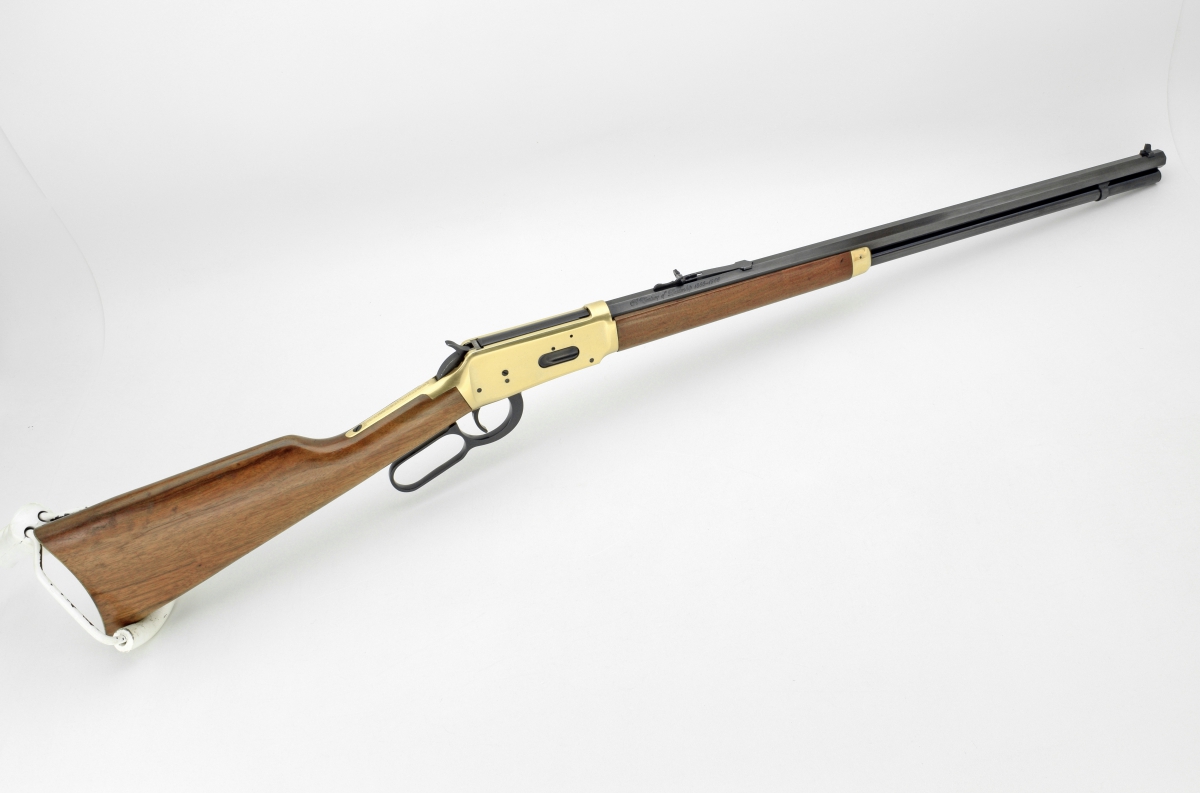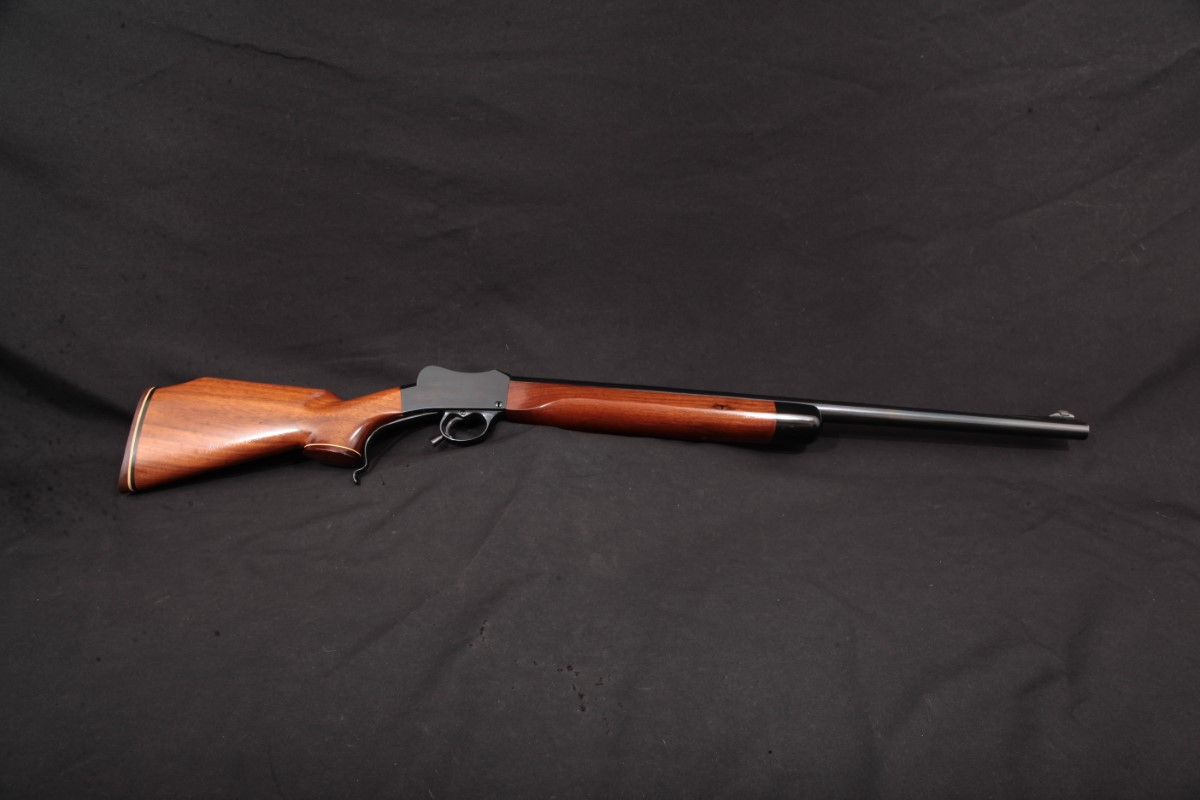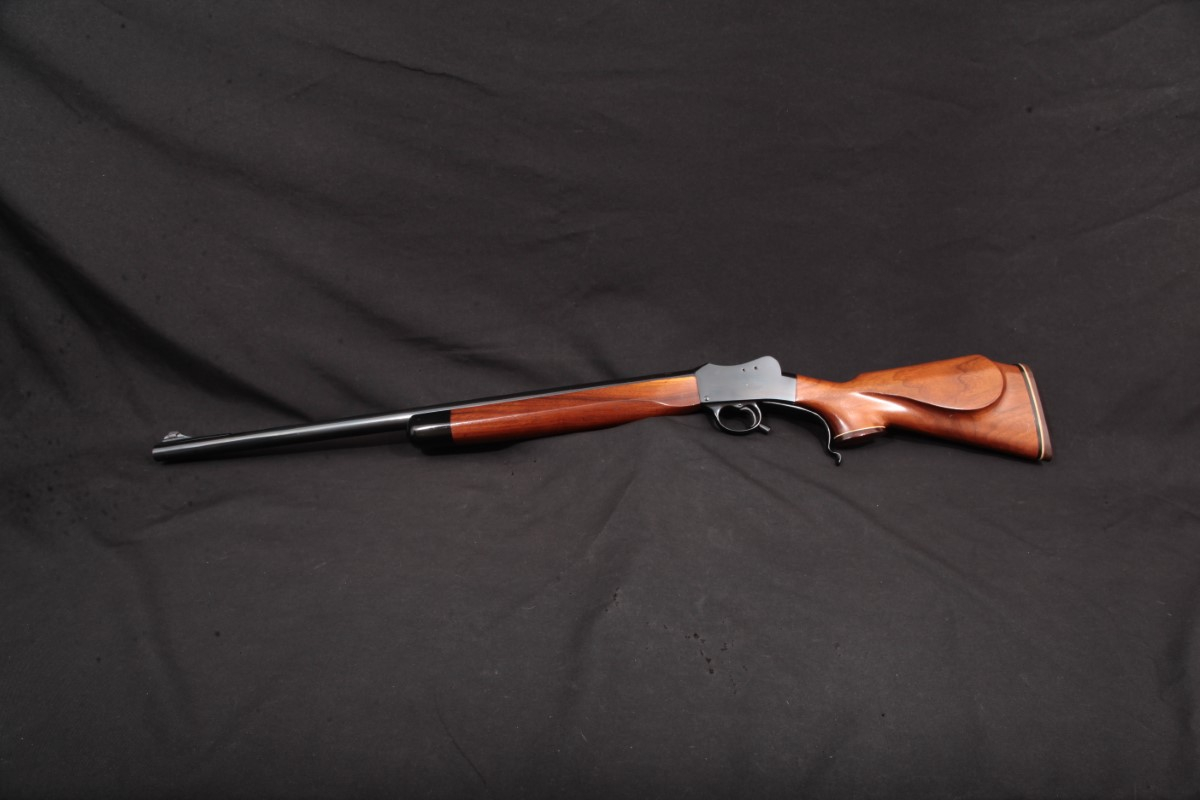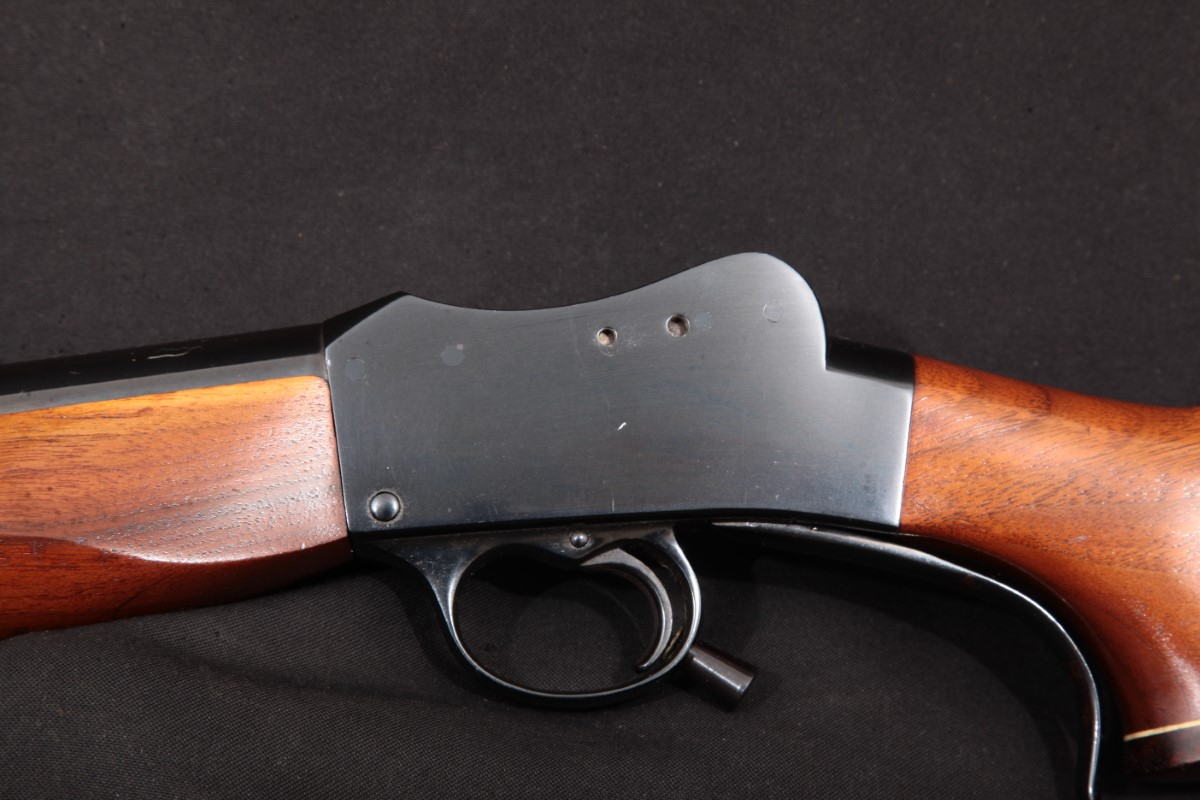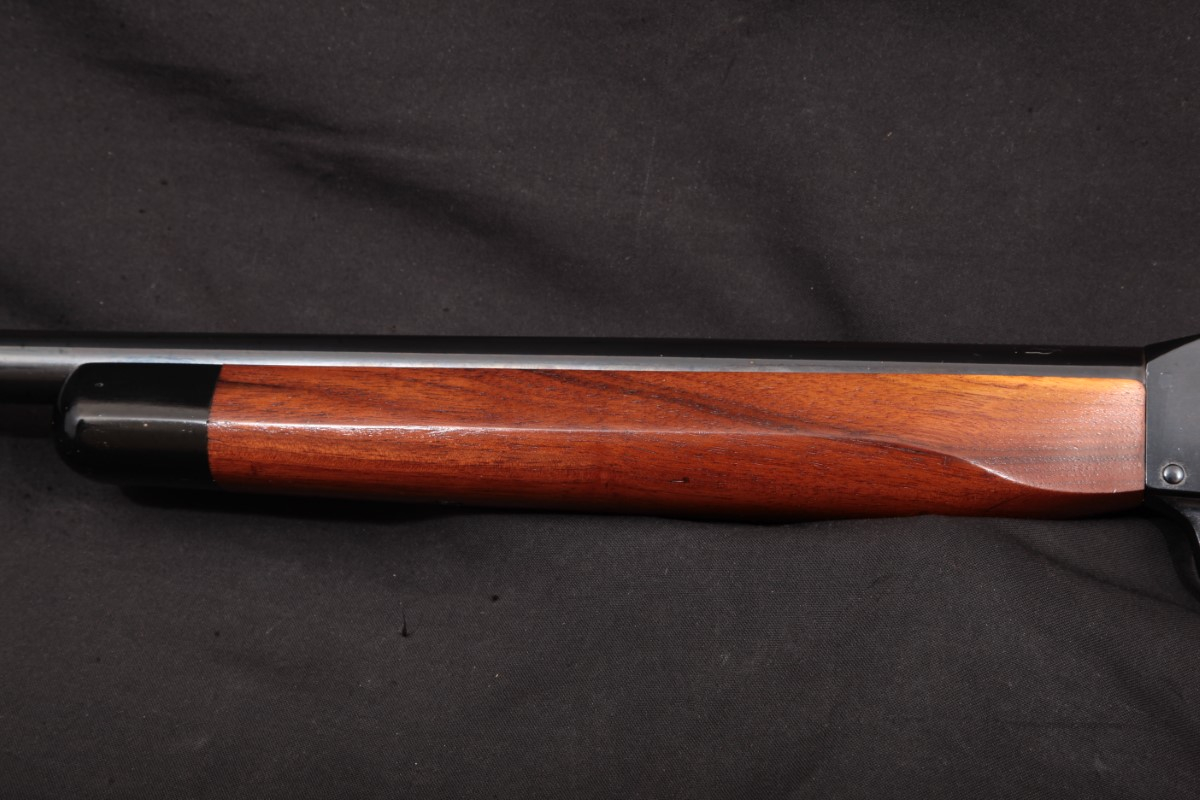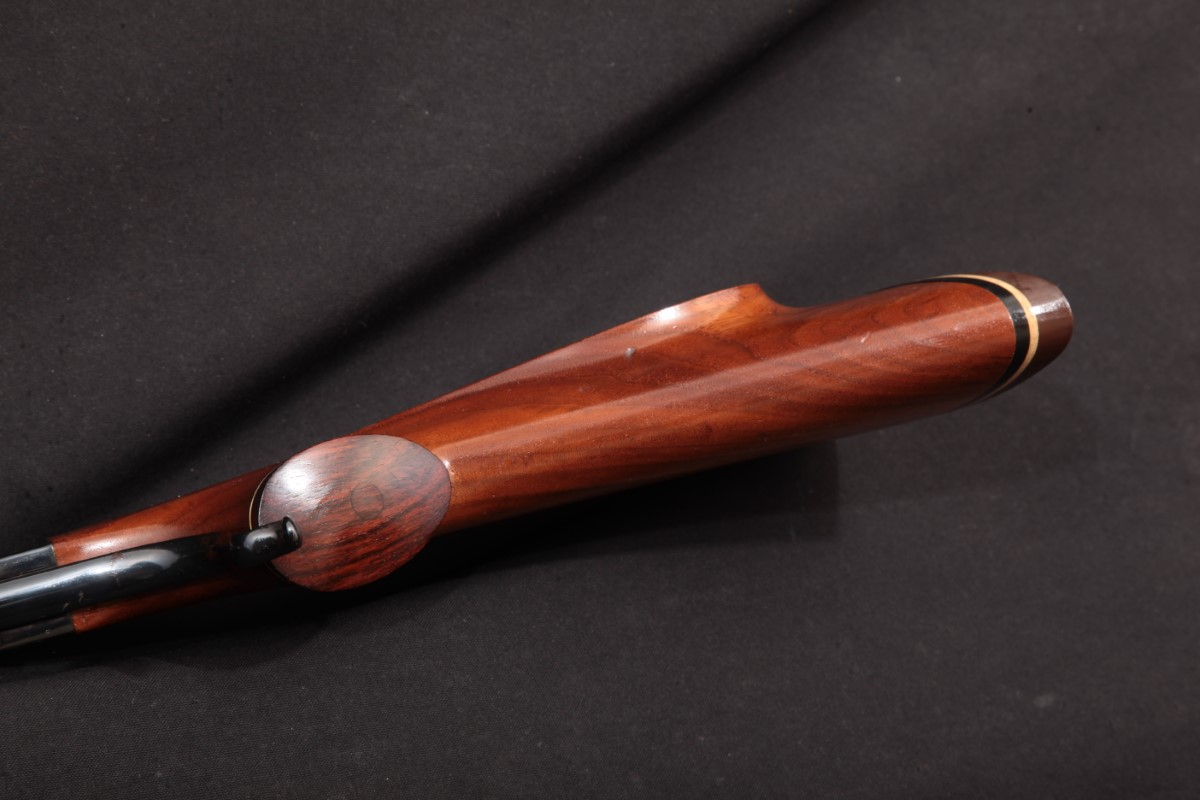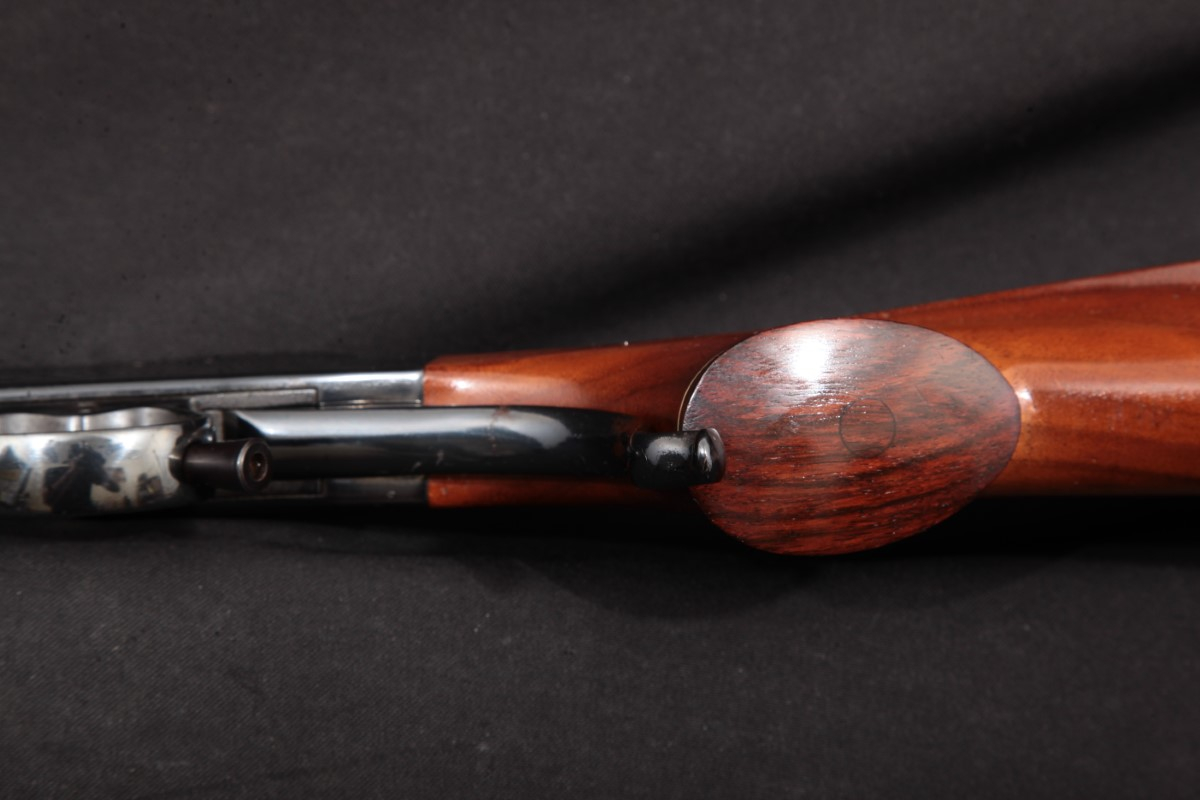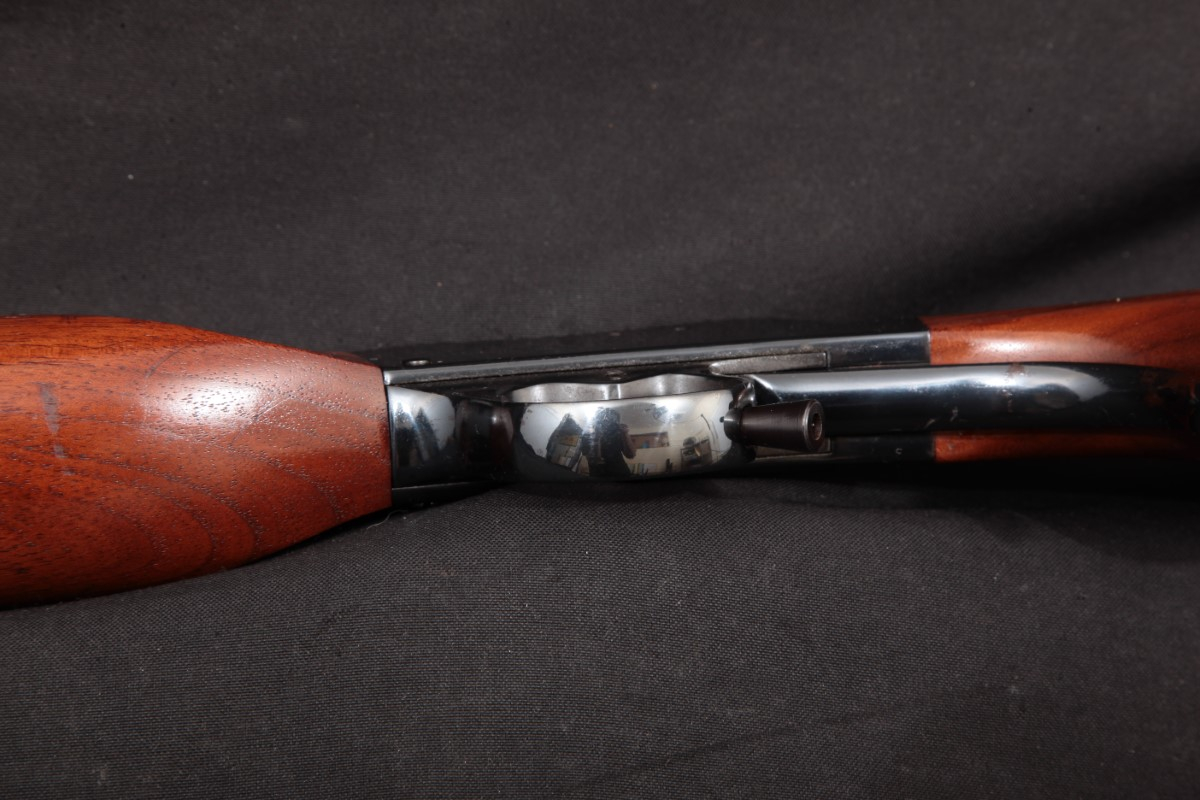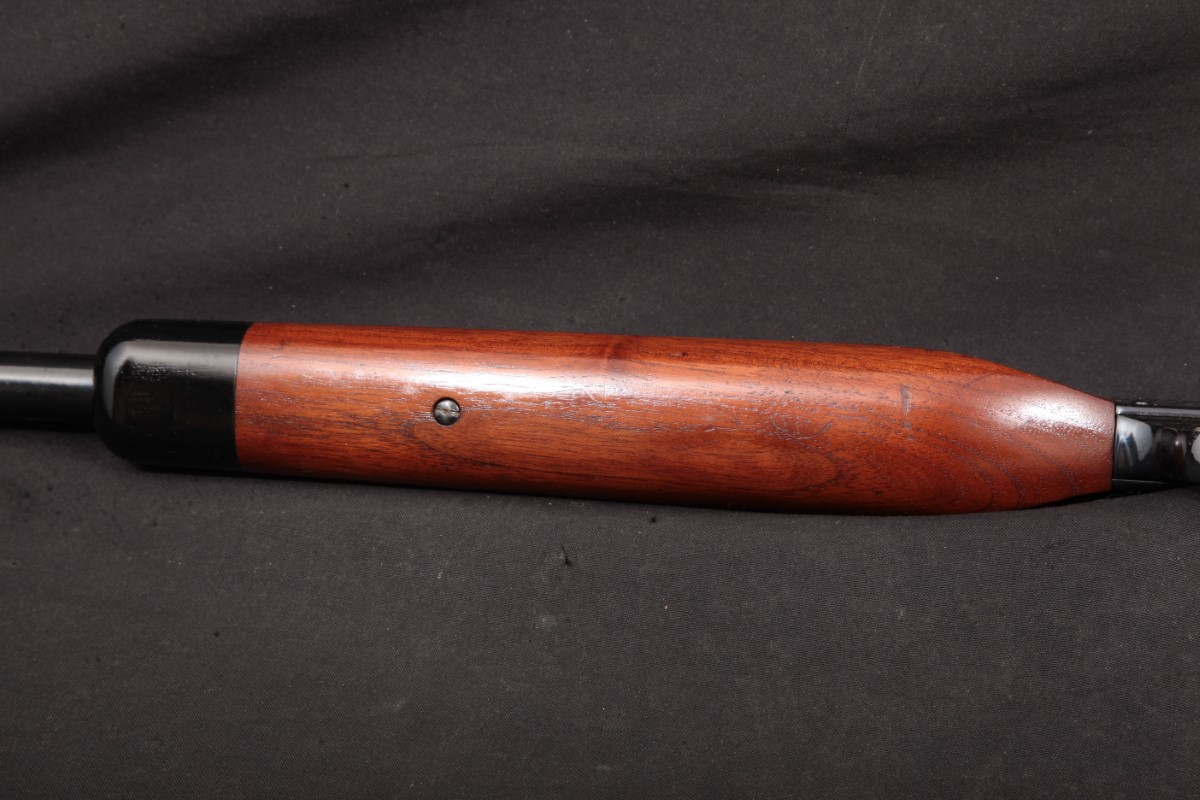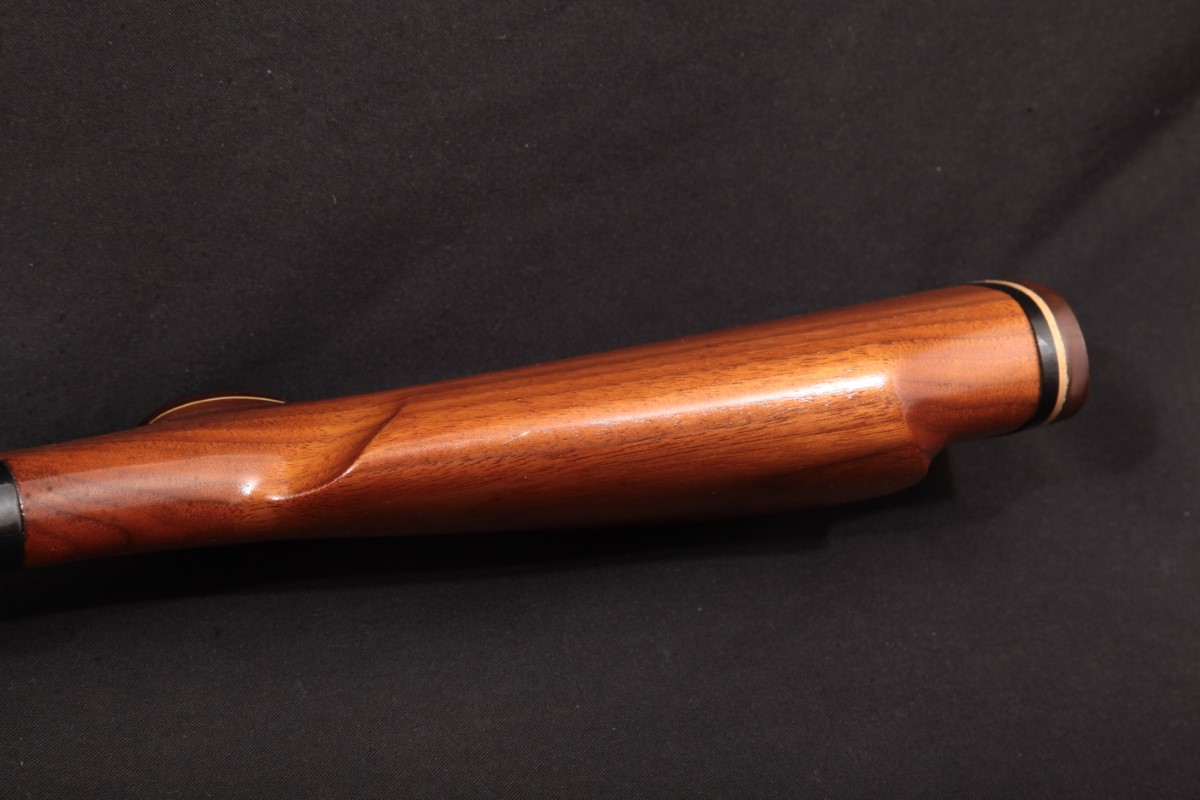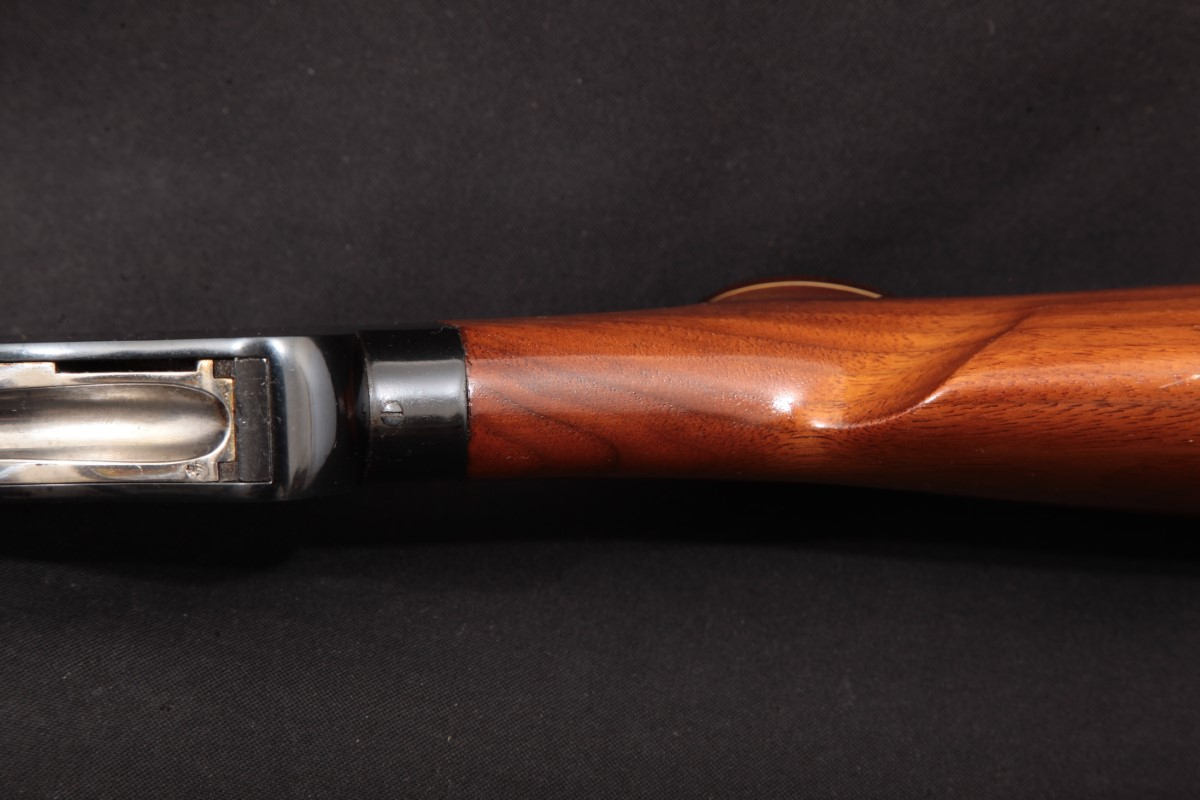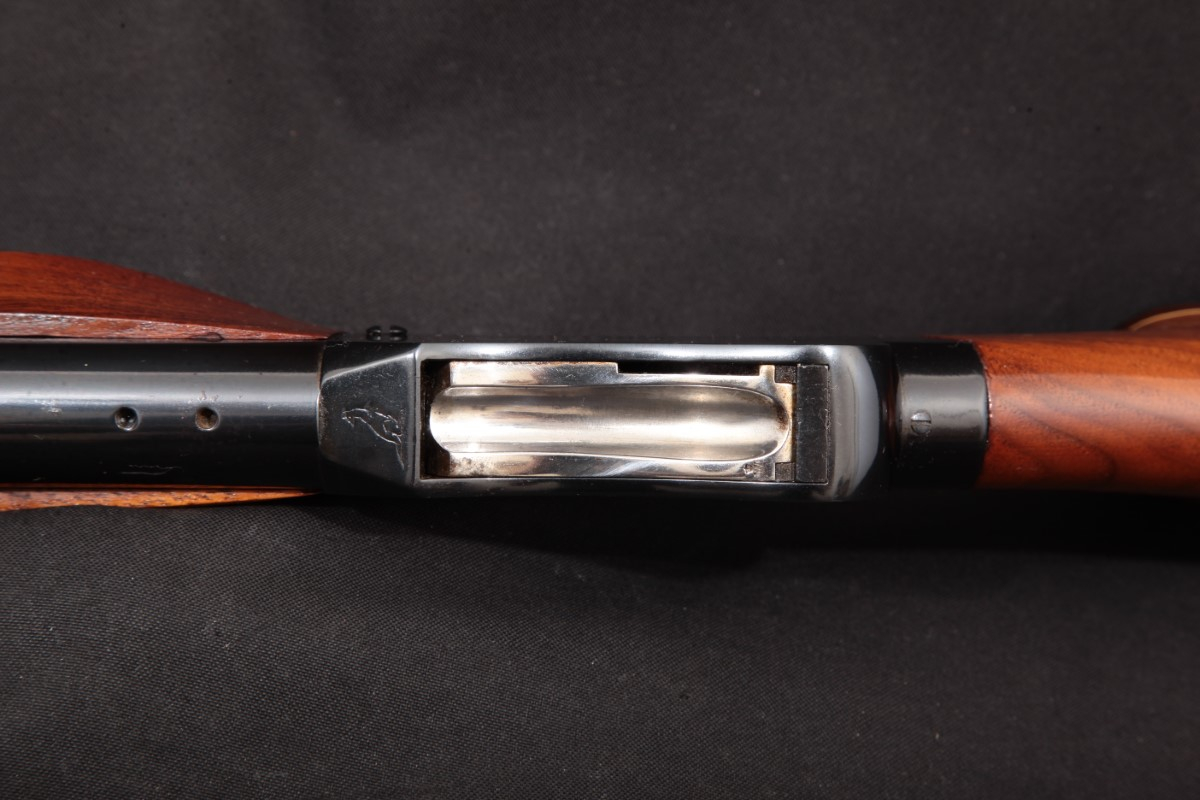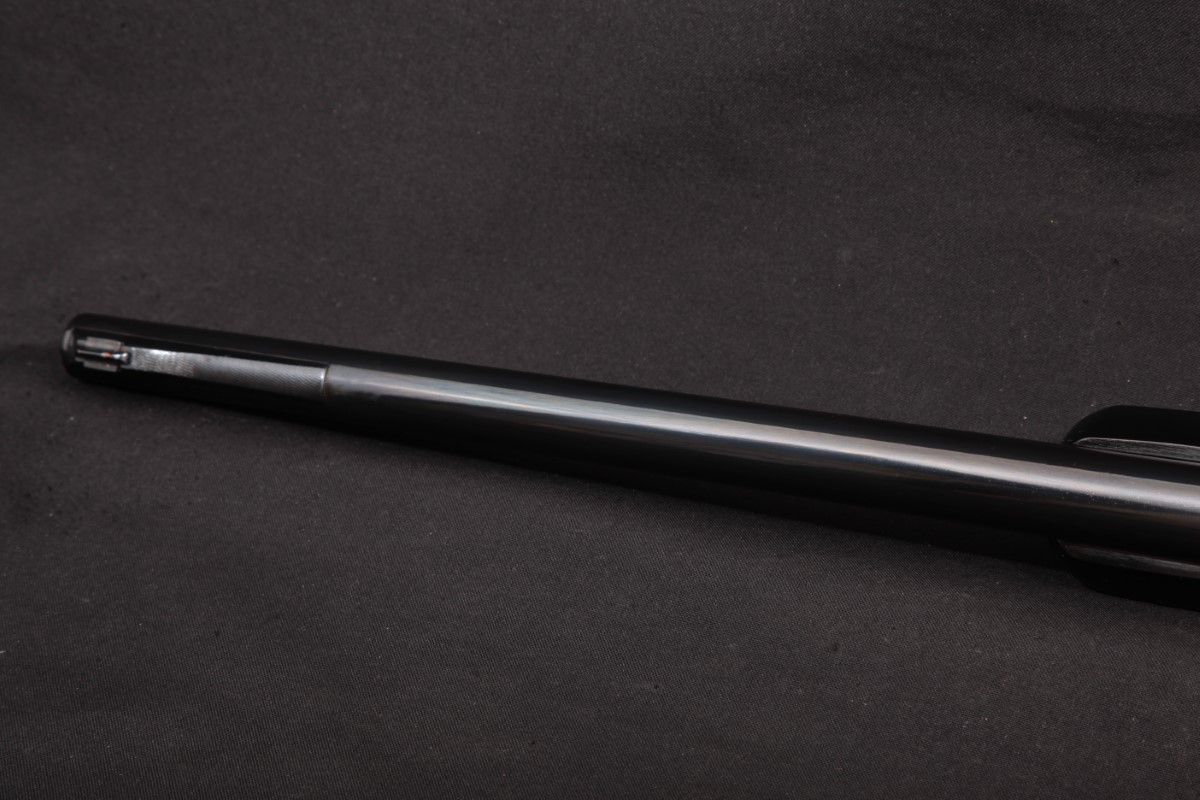By Michael O’Donnell
It was philosopher and theologian Plato who once said, “A hero is born among a hundred, a wise man is found among a thousand, but an accomplished one might not be found even among a hundred thousand men.†We all know heroes of the past, Alvin York of World War I and Audie Murphy of World War II, but what about the heroes of Vietnam? Among the veterans of Vietnam, there are countless stories of valor, yet they have been largely ignored or forgotten over time. For the 543,400 Americans on the ground at the height of the Vietnam War, the 58,226 who were killed or missing in action, the 211,529 who were wounded, and the 4 million total who served in the Vietnam “theater,†there was one who stood out among all the rest. His name is Staff Sergeant Joe Ronnie Hooper, and not only was he a hero in the Vietnam War; he is also the most decorated soldier in American international combat, even eclipsing both York and Murphy.
Joe Ronnie Hooper was born on August 8th, 1938 in Piedmont, South Carolina. His family moved when he was a child to Moses Lake, Washington, where he attended high school. Hooper grew up a tough kid who knew how to scrap and take care of himself, and would even on some occasions go looking for a fight. This mentality would find itself of use when Hooper enlisted in the Navy at the age of 17 in the summer of 1955. There he served until 1961 when he left for the Army. Joe served multiple tours of duty in Vietnam, one from 1966-67 and another from 1967-68, with D company, 2nd Battalion, 501st Airborne Infantry, 101st Airborne Division. He would return to action in 1969 with special permission from the president. It was while serving in Vietnam that Hooper proved why he would later become the most decorated American soldier of all time.
One of the most noteworthy of all of Hooper’s battles took place on February 21st, 1968, in Hue, South Vietnam. For his actions on this day, Hooper would receive the military’s highest award for valor: the Medal of Honor.
It was dawn on the morning of the 21st. The sun rose over the fields of Hue and painted the sky red, an eerie sight during these bloody days of the Tet Offensive. D Company, 2/501st Infantry, 101st Airborne Division”the Delta Raiders”were assaulting a strong enemy position when they began to receive heavy fire from the Viet Cong.
Rockets blazed through the jungle, and the sound of machine guns and other automatic weapons filled the air. Company D’s advance on the enemy was halted by their squad leader, then”Sgt. Hooper, in front of a stream approximately 20 feet-wide.
Hooper gathered a few of his men and dashed across the stream, up into the face of the enemy fire. Although the enemy was firing from a protected bunker on the opposite side of the stream, it was quickly taken by Sgt. Hooper and the men that fearlessly followed him.
Soon, the rest of Company D began to follow Sgt. Hooper’s example, taking the fight to the enemy. A couple of men were wounded, leaving them exposed to the wrath of enemy fire. Without a second thought, Sgt. Hooper braved the crossfire and went out after his wounded brothers.
Hooper helped one man back to safety, then returned for the second man. He got to the wounded soldier, but in the process was wounded himself. Still, he brought the man to safety, saving him from certain death.
Returning to the fight, Hooper found SSG Thomas pinned down by enemy fire. Trying to decipher where the shots were coming from, Hooper called through the rattle of gunfire and explosions to SP4 Mount, who was up ahead, to see if there was room to maneuver between two small houses in the direction of the fire.
Joe Ronnie Hooper (August 8, 1938 – May 6, 1979) was an American who served in both the United States Navy and United States Army where he finished his career there as a captain. He was awarded the Medal of Honor while serving as an army staff sergeant on February 21, 1968 during the Vietnam War. He was one of the most decorated U.S. soldiers of the war and was wounded in action eight times.
Contents
Early life and education[edit]
Hooper was born on August 8, 1938 in Piedmont, South Carolina. His family moved when he was a child to Moses Lake, Washington where he attended Moses Lake High School.
Career[edit]
[edit]
Hooper enlisted in the United States Navy in December 1956. After graduation from boot camp at San Diego, California he served as an Airman aboard USS Wasp (CV-18) and USS Hancock (CV-19). He was honorably discharged in July 1959, shortly after being advanced to petty officer third class.
U.S. Army[edit]
Hooper enlisted in the United States Army in May 1960 as a private first class, and attended Basic Training at Fort Ord, California. After graduation, he volunteered for Airborne School at Fort Benning, Georgia and then was assigned to Company C, 1st Airborne Battle Group, 325th Infantry,[1] 82nd Airborne Division at Fort Bragg, North Carolina and was promoted to corporal during his assignment. He then served a tour of duty in South Korea with the 20th Infantry in October 1961 and shortly after arriving he was promoted to sergeant and was made a squad leader. He left Korea in November 1963 and was assigned to the 2nd Armored Division at Fort Hood, Texas for a year as a squad leader and then became a squad leader with Company D, 2nd Battalion (Airborne), 502nd Infantry, 101st Airborne Division at Fort Campbell, Kentucky. He was promoted to staff sergeant in September 1966 and volunteered for service in South Vietnam. Instead he was assigned as a platoon sergeant in Panama with the 3rd Battalion (Airborne), 508th Infantry, first with HQ Company and later with Company B.
Hooper couldn’t stay out of trouble and suffered several Article 15 hearings, being reduced to the rank of corporal in July 1967. He was promoted once again to sergeant in October 1967, and was assigned to Company D, 2nd Battalion (Airborne), 501st Infantry, 101st Airborne Division at Fort Campbell and deployed with the division to Vietnam in December as a squad leader. During his tour of duty with Delta Company (Delta Raiders), 2nd Battalion (Airborne), 501st Airborne Infantry, 101st Airborne Division, he was recommended for the Medal of Honor for his heroic actions on February 21, 1968 outside of Hue.
He returned from Vietnam and was discharged in June 1968. He reenlisted in the Army the following September, and served as a public relations specialist. On March 7, 1969, he was presented the Medal of Honor by President Richard Nixon during a ceremony in the White House. From July 1969 to August 1970, he served as a platoon sergeant with the 3rd Battalion, 5th Infantry in Panama. He managed to finagle a second tour in Vietnam; from April to June 1970, he served as a pathfinder with the 101st Aviation Group, 101st Airborne Division (Airmobile), and from June to December 1970, he served as a platoon sergeant with Company A, 2nd Battalion, 327th Infantry, 101st Airborne Division (Airmobile). In December 1970, he received a direct commission to second lieutenant and served as a platoon leader with Company A, 2nd Battalion, 501st Infantry, 101st Airborne Division (Airmobile) until April 1971.
Upon his return to the United States, he attended the Infantry Officer Basic Course at Fort Benning and was then assigned as an instructor at Fort Polk, Louisiana. Despite wanting to serve twenty years in the Army, Hooper was made to retire in February 1974 as a first lieutenant, mainly because he had only completed a handful of college courses beyond his GED. As soon as he was released from active duty, he joined a unit of the Army Reserve’s 12th Special Forces Group (Airborne) in Washington as a Company Executive Officer. In February 1976, he transferred to the 104th Division (Training), also based in Washington. He was promoted to captain in March 1977. He attended drills only intermittently and was separated from the service in September 1978.
For his service in Vietnam, the U.S. Army also awarded Hooper two Silver Stars, six Bronze Stars, eight Purple Hearts, the Presidential Unit Citation, the Vietnam Service Medal with six campaign stars, and the Combat Infantryman Badge. He is credited with 115 enemy killed in ground combat, 22 of which occurred on February 21, 1968. He became one of the most decorated soldiers in the Vietnam War, and was one of three soldiers who were wounded in action eight times in the war.
Later life and death[edit]
Rumors persist that he became distressed by the anti-war politics of the time and took to excessive drinking which contributed to his death.[2] He died of a cerebral hemorrhage in Louisville, Kentucky on May 6, 1979, at the age of 40.
Hooper is buried at Arlington National Cemetery in Section 46, adjacent to the Memorial Amphitheater.
Military awards[edit]
Hooper’s military decorations and awards include:
 |
|||
| Combat Infantryman Badge | |||||||||||
| Medal of Honor | Silver Star w/ 1 bronze oak leaf cluster |
||||||||||
| Bronze Star w/ Valor device and 1 silver oak leaf cluster |
Purple Heart w/ 1 silver and 2 bronze oak leaf clusters |
Air Medal | |||||||||
| Army Commendation Medal | Army Good Conduct Medal w/ 3 bronze Good conduct loops |
Navy Good Conduct Medal | |||||||||
| National Defense Service Medal | Armed Forces Expeditionary Medal | Vietnam Service Medal w/ 1 silver and 1 bronze campaign stars |
|||||||||
| Vietnam Cross of Gallantry w/ Palm |
Republic of Vietnam Campaign Medal | Navy Pistol Marksmanship Ribbon w/ “E” Device |
|||||||||
| Army Presidential Unit Citation | ||
| Vietnam Presidential Unit Citation | Republic of Vietnam Gallantry Cross Unit Citation | Republic of Vietnam Civil Actions Unit Citation |
 |
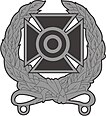 |
| Master Parachutist Badge | Expert Marksmanship Badge w/ 1 weapon bar |
Vietnam Parachutist Badge |
Medal of Honor citation[edit]
Rank and organization: Staff Sergeant, U.S. Army, Company D, 2d Battalion (Airborne), 501st Infantry, 101st Airborne Division. Place and date: Near Hue, Republic of Vietnam, February 21, 1968. Entered service at: Los Angeles, Calif. Born: August 8, 1938, Piedmont, S.C.
For conspicuous gallantry and intrepidity in action at the risk of his life above and beyond the call of duty. Staff Sergeant (then Sgt.) Hooper, U.S. Army, distinguished himself while serving as squad leader with Company D. Company D was assaulting a heavily defended enemy position along a river bank when it encountered a withering hail of fire from rockets, machine guns and automatic weapons. S/Sgt. Hooper rallied several men and stormed across the river, overrunning several bunkers on the opposite shore. Thus inspired, the rest of the company moved to the attack. With utter disregard for his own safety, he moved out under the intense fire again and pulled back the wounded, moving them to safety. During this act S/Sgt. Hooper was seriously wounded, but he refused medical aid and returned to his men. With the relentless enemy fire disrupting the attack, he single-handedly stormed 3 enemy bunkers, destroying them with hand grenade and rifle fire, and shot 2 enemy soldiers who had attacked and wounded the Chaplain. Leading his men forward in a sweep of the area, S/Sgt. Hooper destroyed 3 buildings housing enemy riflemen. At this point he was attacked by a North Vietnamese officer whom he fatally wounded with his bayonet. Finding his men under heavy fire from a house to the front, he proceeded alone to the building, killing its occupants with rifle fire and grenades. By now his initial body wound had been compounded by grenade fragments, yet despite the multiple wounds and loss of blood, he continued to lead his men against the intense enemy fire. As his squad reached the final line of enemy resistance, it received devastating fire from 4 bunkers in line on its left flank. S/Sgt. Hooper gathered several hand grenades and raced down a small trench which ran the length of the bunker line, tossing grenades into each bunker as he passed by, killing all but 2 of the occupants. With these positions destroyed, he concentrated on the last bunkers facing his men, destroying the first with an incendiary grenade and neutralizing 2 more by rifle fire. He then raced across an open field, still under enemy fire, to rescue a wounded man who was trapped in a trench. Upon reaching the man, he was faced by an armed enemy soldier whom he killed with a pistol. Moving his comrade to safety and returning to his men, he neutralized the final pocket of enemy resistance by fatally wounding 3 North Vietnamese officers with rifle fire. S/Sgt. Hooper then established a final line and reorganized his men, not accepting treatment until this was accomplished and not consenting to evacuation until the following morning. His supreme valor, inspiring leadership and heroic self-sacrifice were directly responsible for the company’s success and provided a lasting example in personal courage for every man on the field. S/Sgt. Hooper’s actions were in keeping with the highest traditions of the military service and reflect great credit upon himself and the U.S. Army.[3]



